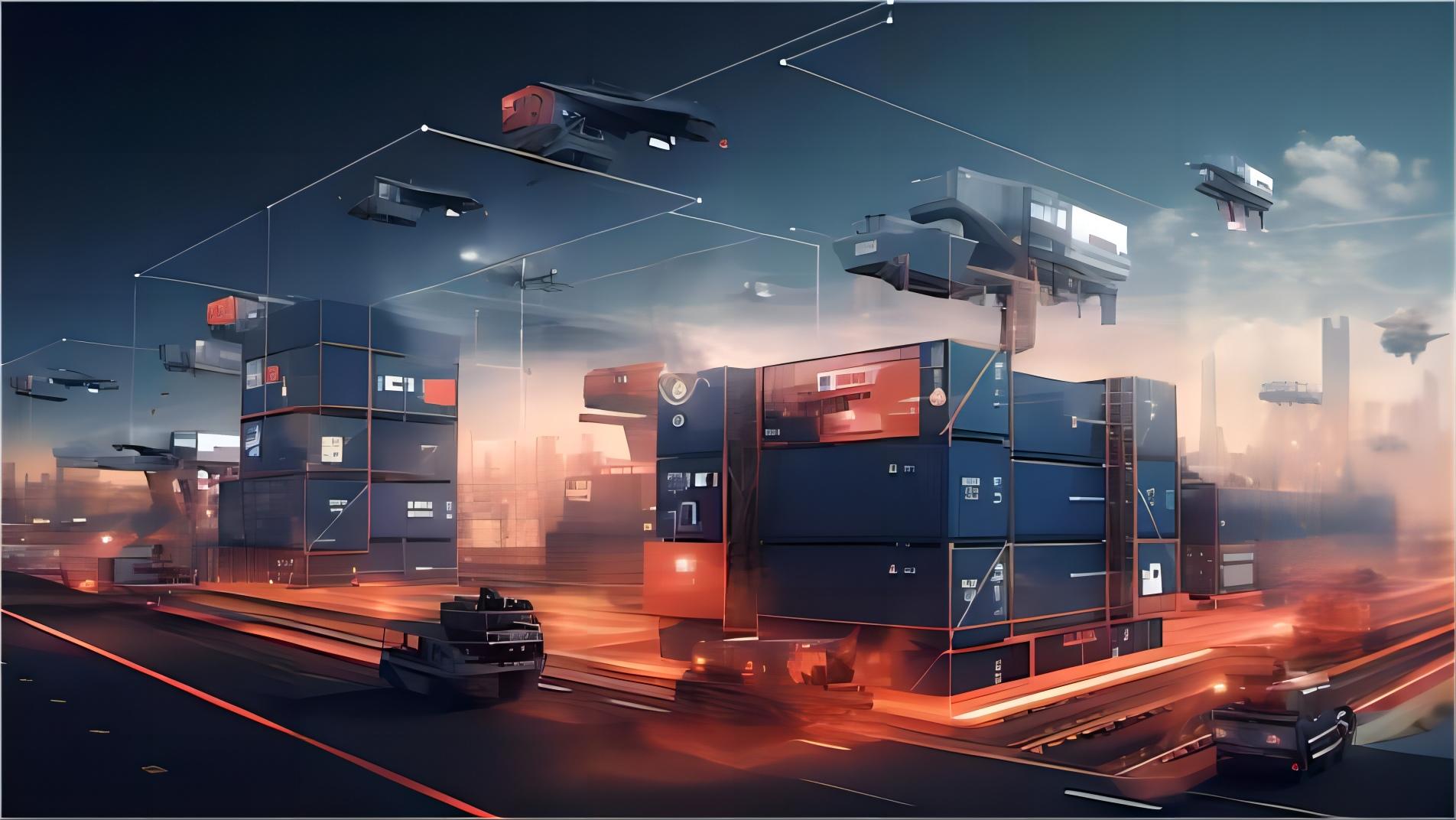- By muchen zheng
- February 20, 2025
- Popular science

In the complex world of international logistics, there are numerous Hidden Cost Black Holes that often go unnoticed. This article will explore these hidden aspects and how they impact the overall logistics cost.
1. Customs – related Hidden Costs
Unexpected Tariffs and Duties
Many companies fail to accurately predict the tariffs and duties applicable to their goods. Customs regulations vary from country to country, and changes in trade policies can lead to sudden increases in these charges. For example, a new trade agreement might introduce additional import taxes. Companies need to closely monitor these regulations and calculate potential costs in advance to avoid Hidden Cost Black Holes.
Customs Clearance Delays
Lengthy customs clearance processes can also result in significant hidden costs. When shipments are held up at the border due to paperwork issues or inspections, it leads to demurrage charges from shipping lines and storage fees at the port. Logistics managers should ensure all documentation is in order and establish good communication with customs brokers to prevent such delays and the associated Hidden Cost Black Holes.
2. Transportation – related Hidden Costs
Inefficient Route Planning
Poorly planned transportation routes can lead to unnecessary fuel consumption, longer transit times, and higher costs. Logistics providers need to use advanced route – planning software to optimize routes based on factors like traffic, weather, and fuel prices. Otherwise, they may fall into the trap of Hidden Cost Black Holes caused by inefficient routing.
Additional Charges for Special Requirements
If a shipment has special requirements such as refrigeration, oversized cargo handling, or expedited delivery, it often incurs additional charges. Shippers must clearly communicate these needs to logistics providers at the beginning and understand the associated costs. Ignoring these details can lead to unexpected expenses, creating Hidden Cost Black Holes.
3. Currency – related Hidden Costs
Exchange Rate Fluctuations
Fluctuations in currency exchange rates can significantly impact the cost of international logistics. When a company quotes a price in one currency but pays for services in another, a negative exchange rate movement can increase costs. Finance teams should closely monitor exchange rates and consider hedging strategies to mitigate the risk of Hidden Cost Black Holes due to currency fluctuations.
Transaction Fees
International transactions often involve various fees charged by banks and payment processors. These fees, although seemingly small, can add up over time. Companies should explore different payment options and negotiate with financial institutions to reduce these transaction – related Hidden Cost Black Holes.
In conclusion, being aware of these Hidden Cost Black Holes in international logistics is crucial for companies to manage their costs effectively and maintain profitability.Utilize China Top Freight to help solve the problems you are facing. Contact us today to embark on your smooth transportation journey!


